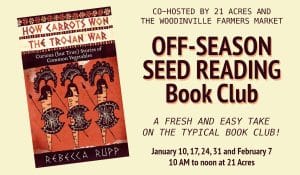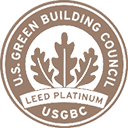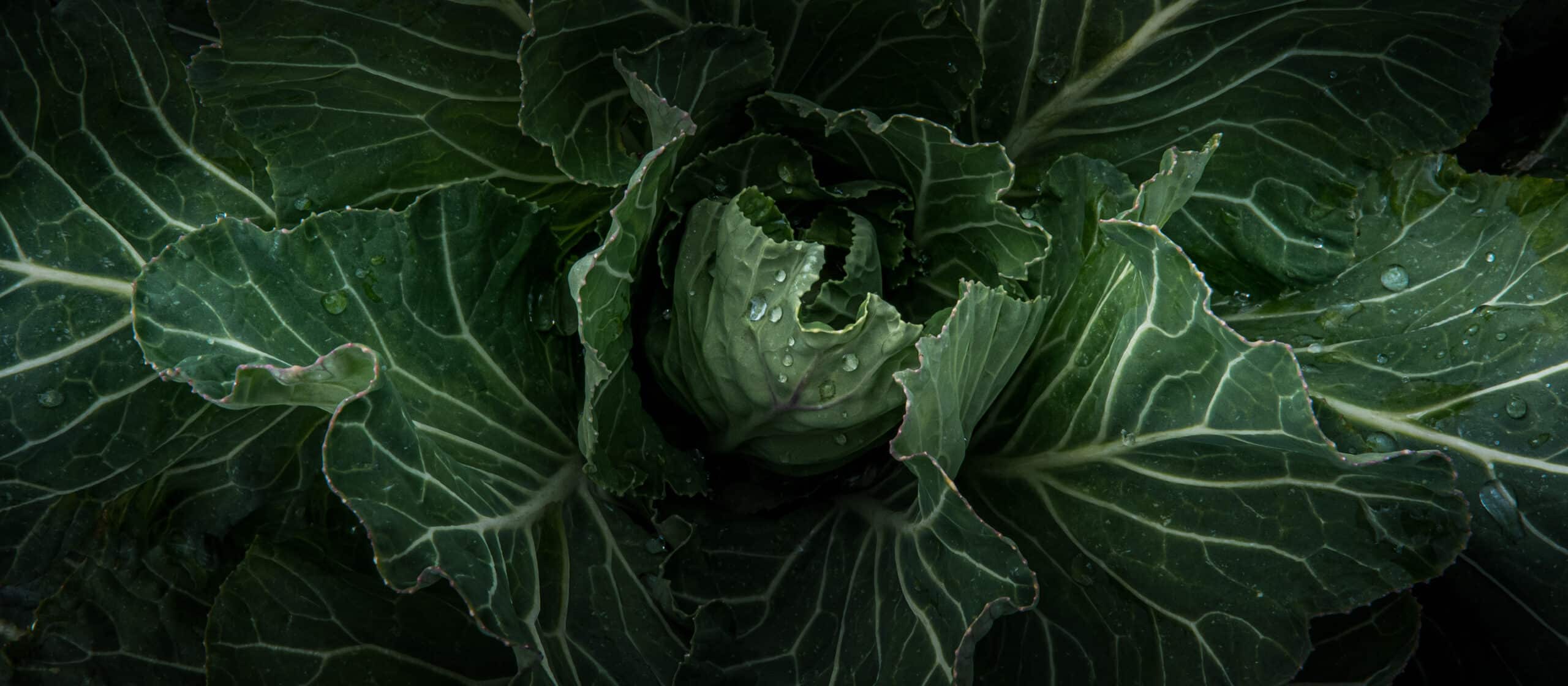
A Look at Plastic in our Kitchens
A Look at Plastic in our Kitchens
- posted on: May 5, 2021
- posted by: Rebecca Jordan
"*" indicates required fields

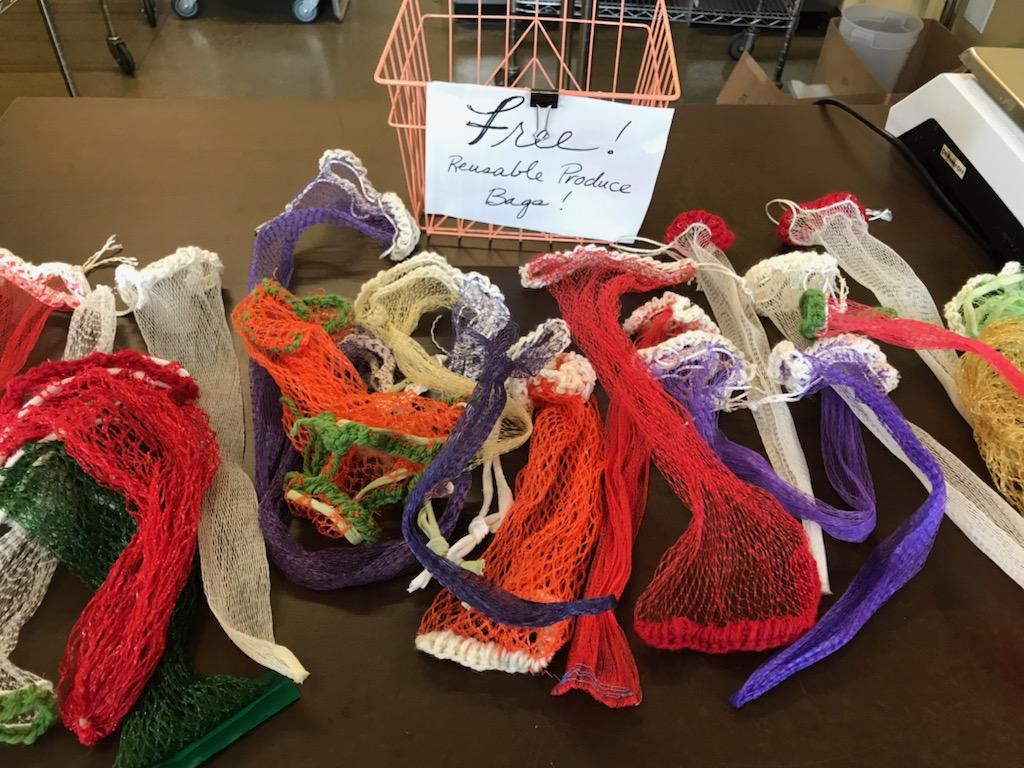
This article was written by Mary King, Farm Market Team Member.
We all know that plastic is a pollution problem. It’s a recycling problem. It’s a wildlife-choking problem. It’s a fossil fuel consumption problem. It’s an overpackaging problem. It’s a dumping-in-developing-countries problem.
There’s so much plastic in our world. Its omnipresence, exponential increase, and unsustainable effects can be overwhelming to contemplate. Today let’s think about one room in our house and take a few steps toward control. We are going to look at the plastics in our kitchen.
My journey with plastic
Let me introduce myself to you as a Plastic Lover. I was born in the ‘50s and remember our first set of Melmac dishware. My older sister sold Tupperware, and I would help make the snacks for the parties and empty the ashtrays. When I had children and my own household, I sought out vintage plastics for serving and decorating. We drank out of Raffiaware tumblers, my platters were Melamine, my pets ate from 1970s Tupperware bowls in a rainbow of pastels. I amassed a collection of multicolored marbleized Boonton and Texas Ware snack bowls. My book club enjoyed their tea in matching 1960s Thermoware mugs carried in on one of my several etched clear Lucite trays.
I wasn’t just in love with nostalgia-inducing plastics. I acquired, over almost four decades of managing a household, a fair amount of “modern” Tupperware, followed by lots of those cheaper plastic containers marketed to give your guests leftovers, or to take food to people, without giving up your expensive Tupperware. I won’t admit to being a hoarder, but every plastic container that came into the house, containing cottage cheese, yogurt, milk, candy, takeout soup, was scrubbed and stored for reuse. I had stacks of various sizes of plastic tubs waiting to store any type of leftover, freeze cooked foods and garden produce, put into lunch boxes, and send off to friends packed with goodies. I washed and stored water bottles and Ziploc bags.
My tightwad inclinations were rewarded by my plastic consumption; I got food AND a reusable, shatter-resistant, long-lasting, freshness-sealing, stackable, freezable container. I also felt like a good planet citizen, because I was using things (“Reuse” is one of the important 5 ‘R’s of Sustainable Living) multiple times and recycling when I was through.
Plastic is relatively cheap to make, as containers go, and it’s so much lighter (hence cheaper) to ship and store than glass or metal that it has become a popular food packaging. Those “savings” are passed on to the consumer, so purchasing food in glass can seem extravagant. But comparing the carbon footprint, environmental impact, and recyclability of various types of containers shows us the long-term costs of plastic are untenable.
My thinking shifted as I learned about the climate problems associated with plastic and realized that the more things I bought in plastic packaging, the more things would be packaged in plastic. I focused on slowing my acquisition of it, seeking out bulk foods, not bagging my produce, and looking for brands in glass, metal, or uncoated paper containers. I still maintained my stockpile of saved plastic; indeed, I tightened my grip on it. I was determined to get as many uses out of it as possible, because that’s what thrifty and green-thinking sorts do.
Recently I learned some startling facts from retired Washington State University chemistry professor Dr. Mahmoud Adbel-Monem that made me take a hard look at how plastic was polluting my kitchen and my family. Plastic was no longer just an environmental problem; this time, it was personal.
The dangers of plastic
Plastic is a composite of a dozen or so ingredients: resin attached to additives such as fillers, colorants, stabilizers, lubricants, antioxidants, antistatic, antifoaming, flame retardants, plasticizers, reinforcements, or curing agents. These additives can be disrupted and leached by time, high temperature, and media (basic or acid PH). Most resins are safe, with the exceptions of polyvinyl chloride (PVC), polycarbonates (produces BPA), and polystyrene. The leaching additives cause the majority of damage to the environment and toxicity to people. They are persistent bioaccumulative toxins in the fat of our bodies and animals’ bodies. As endocrine-disrupting compounds, they will affect immune response, reproductive health, thyroid, and more.
Many plastic food container manufacturers put a “dishwasher safe” label on their products. This is misleading. These containers may not melt or visibly degrade in the top rack of a dishwasher, so they will “survive”, but they are no longer safe for you or me. When I put my plastic into the dishwasher, which heats water to between 120 and 150 degrees F and uses strong detergent, intending to store my food safely in clean containers, I was destabilizing the plastic additives, which then were released not only into the water systems but onto the surface of the container where it would then come into contact with my food and my hands and my family. These additives get into our guts and build up toxicity in our bodies. That favorite plastic container with the easily forgiven little chip on the edge is another culprit; broken plastic also releases (adsorbs) and holds onto (absorbs) the toxins in the water. We were further exposed indirectly to toxins absorbed from the ground and surface water by plants, fish, seafood, and animals that we consumed.
Making amends
I can’t undo the damage, but I can mitigate its continuation. I emptied the storage cupboard of plastic containers. I went through the pantry and freezer and replaced reused plastic containers with new or with glass, in some cases discarding the food, and put these into the recycling bin. Most plastic food containers from the grocery store are recyclable, especially if they are sturdy tubs or bottles. Recycling facilities vary in what they accept. 21 Acres Facility Manager Kelly Rankich outlines the rules for Woodinville and east King County in this presentation.
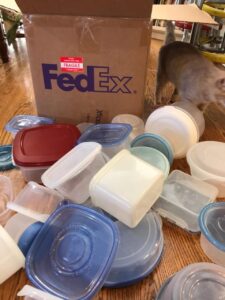
Plastic containers specifically designed for kitchen storage are sometimes not accepted in municipal recycling, but don’t throw them in the trash. Rubbermaid Corporation has teamed up with Terracycle to take back their own and any other brand of plastic or glass food storage containers and recycle them. I gathered my Rubbermaid, Tupperware, Reynolds, and Ziploc workhorses, packed them into a giant box, printed out the free UPS shipping label, and sent them off. I might have held back some tears and said a blessing over them.
While I shop to avoid as much plastic as possible, there are some things my family still chooses in plastic, primarily cottage cheese, yogurt, sour cream, and prepared dips. I’ve started saving the best containers again, and handling them gently, hand washing in mild soapy warm water and air drying out of the sun. I don’t put hot food into them and I never put them in the microwave. Here are some more tips I learned through my plastic reduction journey.
7 ways to bring less plastic into your kitchen
1. Replace plastic cling wrap with saved clean bags from cereal boxes, towels, beeswax wrappers–or just setting a plate or an upturned bowl over something. I will be writing to the producers of cooking shows to suggest that their hosts model these options, because I’ve become acutely aware of their repeatedly reaching for the plastic wrap.
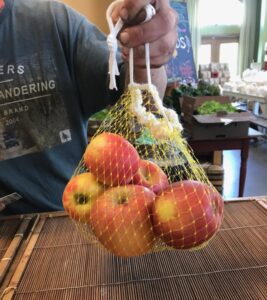
2. When shopping, set produce directly into your cart or use reusable produce bags. Cloth bags are easy to make and can be purchased at many grocers. If you’ve purchased onions, garlic, citrus, or avocados in mesh bags, a packaging plastic that is otherwise single-use and not recyclable, these can be reconstructed and reused. (There’s a tutorial for a handled version of these here. Check out the free drawstring ones available at 21 Acres Market while supplies last.)
3. Buy in bulk with your own containers from home whenever this is an option. The pandemic put a damper on this, but it’s coming back at many places.
4. Look for the same food in glass or paper. Ask your local grocer to carry brands in sustainable packaging.
5. Try tea in bulk. I learned that a hidden source of plastic was in my teabags! Teabags look like they are paper, which is innocuous and can be composted, but most of them contain plastic, and you know what you are soaking them in: extremely hot water. This list of tea brands indicates their bag content. Read labels thoroughly and consider using bulk tea. You can also cut open tea bags for safe use as loose tea, but don’t compost the bags unless you are certain there is no plastic content.
6. Refuse single-use takeout plastic, such as straws, cutlery, and Styrofoam containers. Styrofoam is expanded polystyrene, which is a resin that pollutes air and water. Straws and cutlery cannot be recycled. Washington State recently passed Senate Bill 5022, addressing pollution caused by single-use plastic packaging, including making single-use straws and cutlery available only by customer request.
7. Are you planning a party and considering using disposables? Shop for uncoated unbleached paper plates and napkins which can be commercially composted. Ask guests to bring their own place setting of cutlery or borrow silverware. Buy Nothing groups are great for sourcing mix and match silverware. Woodinville has a Community Cutlery Collection (email communitycutlery@gmail.com for more info), with up to 85 place settings available to borrow free of charge. Consider starting such a collection in your own community.
Our families’ health—and the wellbeing of our environment—depends on kicking poisonous packaging to the curb. If we focus on what’s happening in our kitchens, we will be taking steps toward a healthier planet.
About Mary King
Mary King is a member of the Farm Market team. She was raised in the Midwest but has lived in Washington for over 30 years, including 20 in Woodinville. She has enjoyed volunteering in many interest areas in which education has played a role: as a WSU Master Gardener, teaching middle school students to grow vegetables; as an adoption counselor for cat shelters; as a writer for a charitable craft enterprise; and as a WSU certified Sustainable Community Steward. An avid foodie and thrifty living enthusiast, Mary loves finding ways to “use it up and make it do” in the kitchen, garden, and home. Zero waste has been her lifelong niche, so she’s no stranger to mending clothes, stretching food, and rescuing the abandoned but still useful item.










 back to blog overview
back to blog overview



